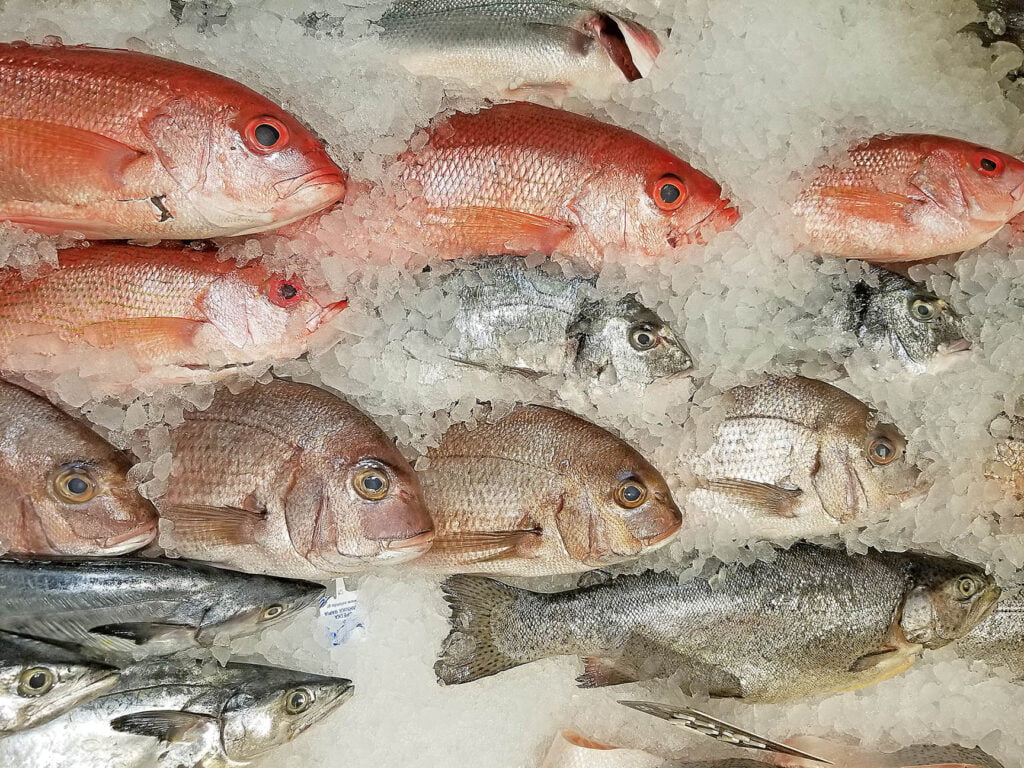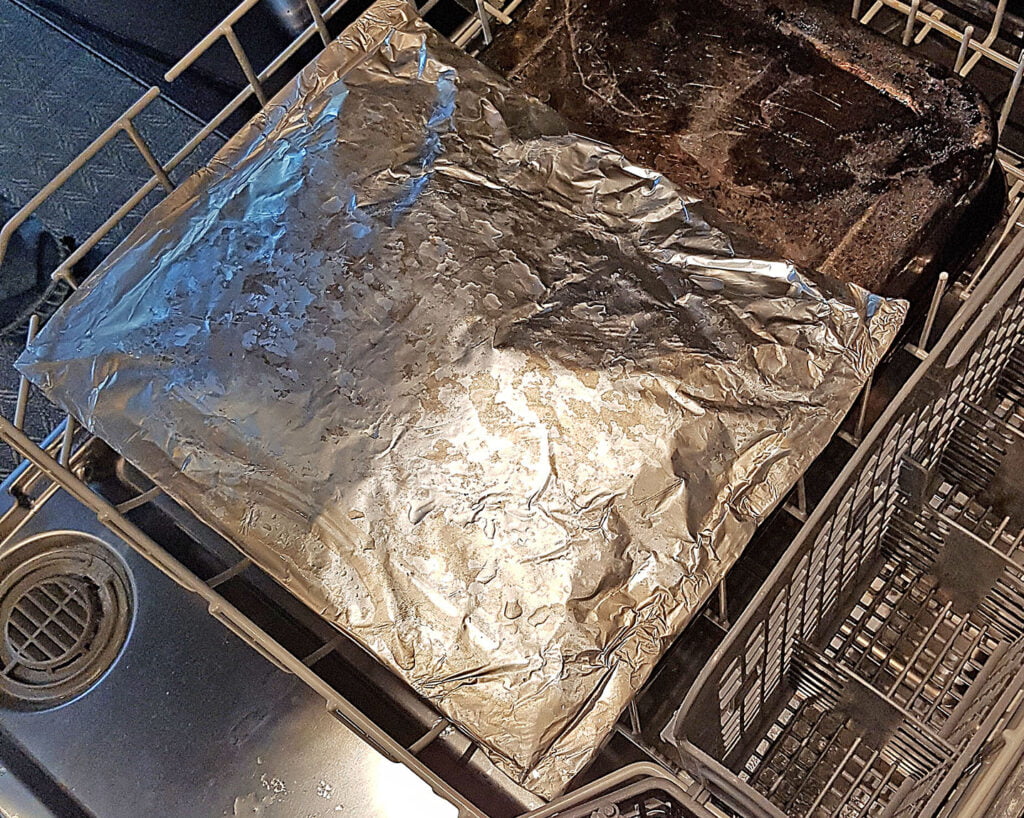Waking to the music of the cardinals and robins outside our window these past few mornings is the only sign we’ve needed to launch our plans for getting the RV de-winterized and setting up our seasonal site. Many of us will undoubtedly be getting ready for the fishing season too…
There are 1.26 million licensed anglers in Ontario, the majority of whom reside within the 416 and 905 area codes. Although many anglers travel outside these regions to fish, there are certainly opportunities to fish in areas closer to home. The province of Ontario has published guidelines and a code of conduct for anglers and how to safely eat fish caught in the province, including in the GTHA (Greater Toronto and Hamilton Area). These guidelines include eating smaller-sized fish from leaner species such as walleye, perch, and panfish.
For those of us not able to cook those big ones that got away, we always have the option to purchase fresh fish. The Marine Stewardship Council (MSC) has set standards to enable us to know if the fish we are buying is from fisheries that catch fish to ensure the long-term health of a stock or species and the wellbeing of the ocean. By purchasing fish with the MSC blue ecolabel, we can be confident that we are not contributing to non-sustainable fishing practices.
In addition to purchasing fish with the blue ecolabel, here are some ways to check that what we’re purchasing is as fresh as possible. Fresh fish should smell fresh and mild, with no off odours. Stay away from fish that has a strong fishy odour. Ironically, fresh fish does not smell like fish – it should smell like water or the ocean. Avoid purchasing or cooking fish that have cloudy or sunken eyes, grey or brown gills, or flesh that’s soft or dents easily and has loose and not shiny scales.

Because fish have very little connective tissue, the techniques for cooking fish differ from that of cooking poultry and meat. Fish cooks very quickly, even at low heat and is naturally tender. When cooking fish, it must be handled carefully, or it will fall apart. In contrast to cooking poultry or meat, moist heat cooking the fish preserves moistness; the method is not to create tenderness.
First Nations peoples on the West Coast have traditionally used the moist-heat method when cooking fish in intricately carved bentwood boxes made from planks of red cedar. A modest modern-day salute to achieving the delicate moistness of fish is to cook it via sous-vide, in foil packets on the BBQ, or in the dishwasher.
Our Recipe for Cooking Fish in the Dishwasher
The heat and moisture inside a dishwasher make it an ideal appliance for cooking fish.

Ingredients
- Fish filets – either 1 large filet or smaller filets, 1 filet per person
- Fresh dill – 1 bunch
- Fresh lemons – 3
- Fresh-ground pepper and good quality fine finishing salt, to taste
You’ll also need
- Wide, heavy-duty aluminum foil (tin foil) – 6 pieces per filet (in graduated lengths, to prepare 3 pouches per filet)
- 2 baking sheets
- Strong kitchen scissors
- Dishwasher
Method
- Rinse the filet(s) under cold water and roughly pat dry. Remove any excess skin and fat from the filets and set aside.
- Roughly chop the dill, discard the central stems, and set aside.
- Clean and thinly slice the first lemon and set aside.
- Juice the remaining 2 lemons and remove the seeds. Set aside.
- Place the first piece of tinfoil on the counter (must be 30% longer than filet), shiny side UP – one per filet.
- Place the lemon slices in the centre of the tin foil, oriented long ways.
- Scatter the prepared dill on top of the lemon.
- Pour the lemon juice on top of the dill scatter.
- Place the filet(s) presentation side face-down on the dill and lemon slices.
- Take a second piece of tin foil (the same length as the first one) and place it on top of the filet, shiny side down.
- Very tightly crimp all edges with three folds/rolls, using the back of a spoon to polish down the creases, so they are tight and sharp.
- Wrap this fish package in a second and then a third pouch of tin foil with tightly crimped edges. This means that you will have used six lengths of tin foil per filet, and the fish is now securely wrapped in three layers of tin foil. Take care to have dull sides out and shiny sides in.
- Position one baking sheet on the bottom rack upside down in the dishwasher so that a flat top is presented upwards.
- Place the fish packets on the baking sheet. Gently bend the crimped edges of each packet downwards so that the top is slightly arched, and all water can be shed (like an umbrella).
- On the rack above the salmon, position the second baking sheet upside-down to protect the top of the foil package during the cooking cycle.
- Choose the ‘pots-and-pans’ cycle of the dishwasher and let ‘er rip. Do NOT peek … You can’t see anything and opening the door will allow the heat out!
- When the dishwasher cycle is completed, remove the top baking sheet first and then place the filet package(s) and the second baking sheet on the counter, next to the sink.
- Using scissors, cut off one end of the tin foil package and drain the liquid by gently tipping the baking sheet into the sink.
- Open the package fully and top the fish with the fresh-ground pepper and finishing salt.
- Plate and serve.
Here’s to a great start to the RV Season! For those of us with seasonal sites, may we also suggest participating in No Mow May? This means waiting to bring out your lawnmowers until June 1 to give pollinators (especially bees, butterflies, and ants) and their food supplies a solid start. By holding off until June, we allow them to play their critical roles in the growth of our plants and crops and the health of our watersheds and fishing sites.




